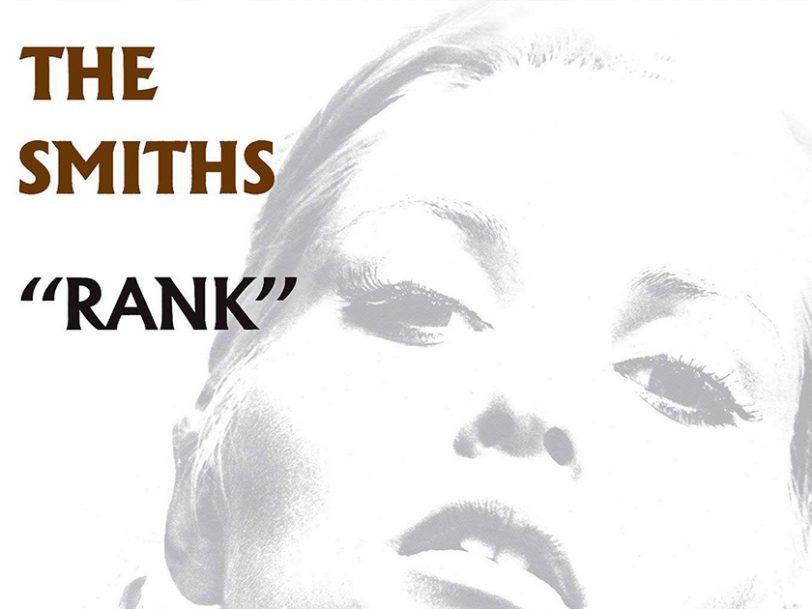The good news for those discovering The Smiths’ catalogue for the first time is that virtually every title bearing the band’s name is stuffed with quality. Naturally, all four of the group’s official studio albums are essential ports of call, but the mandatory singles, rarities and radio-sessions comps Hatful Of Hollow and The World Won’t Listen are equally inspired – and even the band’s lone live album, Rank, deserves considerable respect.
Listen to ‘Rank’ here.
“The band was high on fire”
The “live album” concept has been one of rock’s more contentious issues since the late 60s. For every groundbreaking in-concert capture such as The Who’s Live At Leeds or MC5’s Kick Out The Jams there are dozens of underachievers aimed primarily at hardcore fans who will faithfully snap them up as mementos.
Rank, though, had a broader appeal and it enjoyed mainstream success when it peaked at No.2 on the UK chart en route to going gold. However, because it was issued posthumously, it drew criticism in some quarters for cashing in on a nostalgia for The Smiths which intensified after the band’s 1987 split and the subsequent success of Morrissey’s solo debut, Viva Hate.
The album became something of a sleeper, however, and it’s only in more recent years that the media have woken up to its inherent quality. In a well-observed 2010 retrospective for the BBC, Martin Aston wrote that Rank was “a fascinating, thrilling document. The band was high on fire (Morrissey’s original working title, ‘The Smiths In Heat’, says as much), the feverish audience was also given its voice in the mix, and the atmosphere was combustible.”
“The liveliest post-mortem imaginable”
He’s not wrong. Revisiting Rank these days, it’s clear just how seismic a live act The Smiths had become by the time they unleashed their masterpiece, The Queen Is Dead, during the summer of 1986. Culled from the London show (at Kilburn National Ballroom, on 23 October 1986) during the UK leg of the album’s supporting tour, the recording captures the band bolstered by their short-lived second guitarist, Craig Gannon, and they slash’n’burn through a career-spanning, 14-song setlist as though their lives depend on it.




